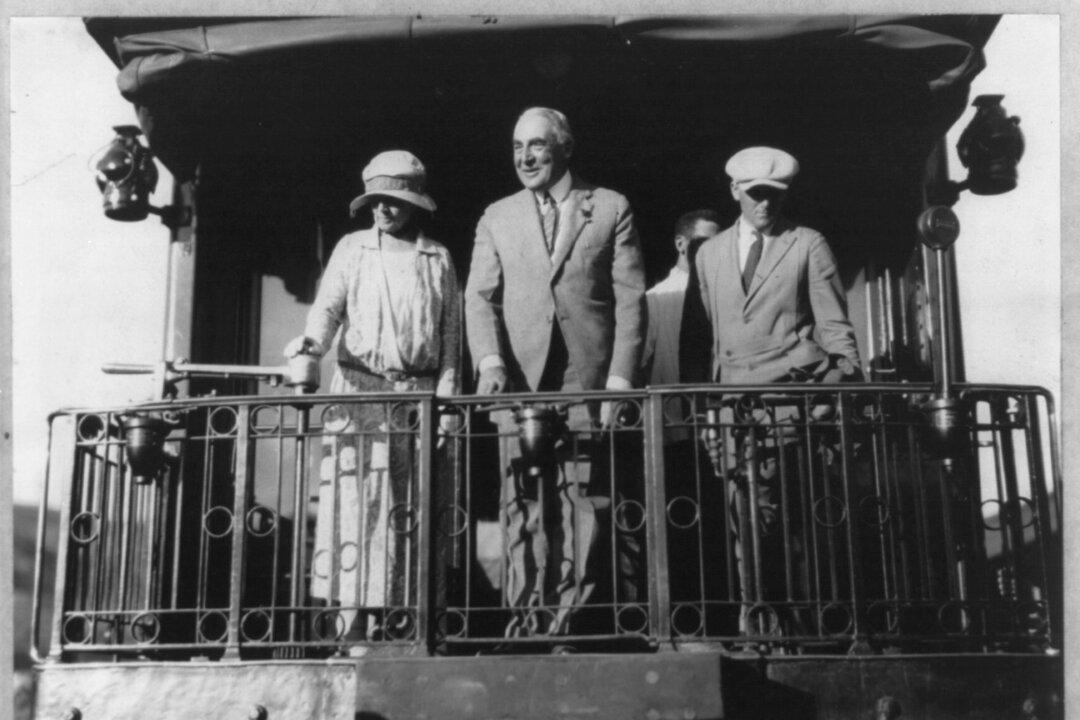On Monday, April 19, Edgar Luis Tirado went on a one-man crime spree—important details of which are not recorded in the Washington Post’s often cited “Fatal Force” database of killings by police.
Other accounts, though, were clear about the threat Tirado presented. The 28-year-old Texan, who suffered from bipolar disorder, started small, stealing from a Fiesta Mart in Far North Dallas early in the afternoon. When store workers tried to stop him, he produced a black revolver, pointed it at them, and then ran.






